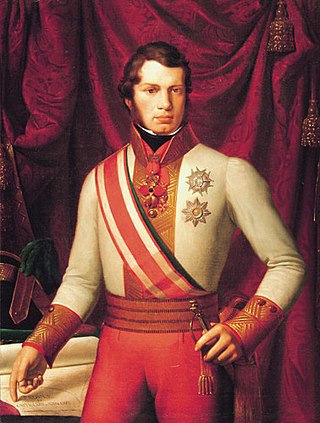
Leopold II was Grand Duke of Tuscany from 1824 to 1859. He married twice; first to Maria Anna of Saxony, and after her death in 1832, to Maria Antonia of the Two-Sicilies. By the latter, he begat his eventual successor, Ferdinand. Leopold was recognised contemporarily as a liberal monarch, authorising the Tuscan Constitution of 1848, and allowing a degree of press freedom.

The Imperial Crypt, also called the Capuchin Crypt (Kapuzinergruft), is a burial chamber beneath the Capuchin Church and monastery in Vienna, Austria. It was founded in 1618 and dedicated in 1632, and located on the Neuer Markt square of the Innere Stadt, near the Hofburg Palace. Since 1633, the Imperial Crypt serves as the principal place of entombment for the members of the House of Habsburg. The bones of 145 Habsburg royalty, plus urns containing the hearts or cremated remains of four others, are here, including 12 emperors and 18 empresses. The visible 107 metal sarcophagi and five heart urns range in style from puritan plain to exuberant rococo. Some of the dozen resident Capuchin friars continue their customary role as the guardians and caretakers of the crypt, along with their other pastoral work in Vienna. The most recent entombment was in 2023.

The Herzgruft is a burial chamber that protects 54 urns containing the hearts of members of the House of Habsburg. The crypt is located behind the Loreto Chapel in the Augustinian Church within the Hofburg Palace complex in Vienna, Austria.

The Ducal Crypt is a burial chamber beneath the chancel of Stephansdom in Vienna, Austria. It holds 78 containers with the bodies, hearts, or viscera of 72 members of the House of Habsburg.

Archduke Charles Stephen Eugene Viktor Felix Maria of Austria was a member of the House of Habsburg, a Grand Admiral in the Austro-Hungarian Navy and candidate for the Polish crown.

Archduchess Mathilde Marie Adelgunde Alexandra of Austria was a member of the House of Habsburg-Lorraine as the daughter of Archduke Albert, Duke of Teschen. She was intended to become the Queen of Italy as the wife of King Umberto I, but her early death prevented the marriage.

Archduke Karl Salvator of Austria, was a member of the Tuscan branch of the House of Habsburg.

Archduke Peter Ferdinand of Austria, Prince of Hungary and Bohemia was an Austro-Hungarian archduke and an army commander in the Austro-Hungarian Army during World War I.

Archduke Franz Salvator of Austria was the son of Archduke Karl Salvator of Austria and Princess Maria Immacolata of Bourbon-Two Sicilies. He married Archduchess Marie Valerie in 1890, though, due to Marie Valerie's death in 1924, remarried in 1934 to Baroness Melanie von Riesenfels.
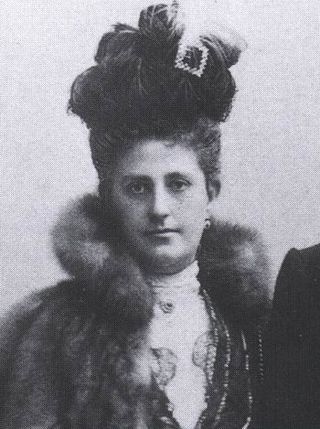
Archduchess Maria Theresa of Austria was a member of the House of Habsburg-Tuscany and Archduchess of Austria, Princess of Tuscany by birth. Maria Theresia was the eldest child and eldest daughter of Archduke Karl Salvator of Austria and his wife, Princess Maria Immaculata of Bourbon-Two Sicilies.

Archduchess Karoline Marie of Austria was a member of the House of Habsburg-Tuscany and Archduchess of Austria, Princess of Tuscany by birth. Through her marriage to Prince August Leopold of Saxe-Coburg and Gotha, Karoline was also a member of the Koháry branch of the House of Saxe-Coburg and Gotha. Karoline was the fourth child and second eldest daughter of Archduke Karl Salvator of Austria and his wife Princess Maria Immaculata of Bourbon-Two Sicilies. She was Princess-Abbess of the Theresian Royal and Imperial Ladies Chapter of the Castle of Prague (1893-1894).

Archduke Leopold Salvator, Prince of Tuscany, was the son of Archduke Karl Salvator of Austria and Princess Maria Immaculata of Bourbon-Two Sicilies.

Infanta Blanca of Spain was the eldest child of Infante Carlos, Duke of Madrid, Carlist claimant to the throne of Spain and his wife Princess Margherita of Bourbon-Parma. Blanca was a member of the House of Bourbon and - according to the Carlists - an Infanta of Spain by birth. In 1889 she married Archduke Leopold Salvator of Austria, Prince of Tuscany. The couple had ten children. The family left Austria after the end of the Monarchy and finally settled in Barcelona. When the male line of Blanca's family died out at the death of her uncle, Alfonso Carlos, Duke of San Jaime, some of the Carlists recognized her as the legitimate heiress to the Spanish throne.
Maria Antonia may refer to:

Archduchess Margarete Sophie of Austria was a member of the House of Habsburg and an Archduchess of Austria by birth. She was married to Duke Albrecht of Württemberg.
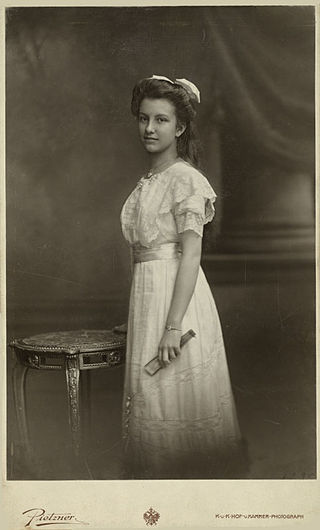
Archduchess Hedwig of Austria was the second daughter of Archduke Franz Salvator of Austria and his wife, Marie Valerie of Austria. She was a granddaughter of Emperor Franz Joseph I and Empress Elisabeth.
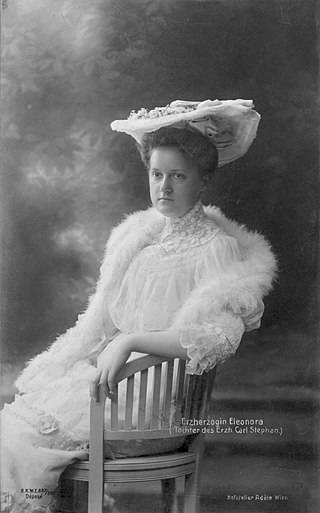
Archduchess Eleonora of Austria was a daughter of Archduke Charles Stephen of Austria and a first cousin of King Alphonso XIII of Spain. She was member of the Teschen branch of the House of Habsburg-Lorraine and an Archduchess of Austria and Princess of Bohemia, Hungary, and Tuscany by birth. She renounced to her titles upon her morganatic marriage to Alfons Kloss, the captain of her father's yacht. During World War II her sons served in the German army.

Archduchess Dolores of Austria German: Dolores Erzherzogin von Österreich-Toskana;(5 May 1891 – 10 April 1974) was a daughter of Archduke Leopold Salvator of Austria. She was member of the Tuscan branch of the Imperial House of Habsburg-Lorraine, an Archduchess of Austria and Princess of Tuscany by birth. After the dissolution of Austria-Hungary, she lived under reduced circumstances with her family in Spain, Austria, and Italy. She died unmarried.

Archduchess Immaculata of Austria German: Inmmaculata, Erzherzogin von Österreich-Toskana;(9 September 1892 – 3 September 1971) was a daughter of Archduke Leopold Salvator of Austria. She was member of the Tuscan branch of the Imperial House of Habsburg-Lorraine, an Archduchess of Austria and Princess of Tuscany by birth. After the dissolution of Austria-Hungary, she lived in exile, first in Barcelona and from the 1930s until the end of her life in Italy. In 1932, she married an Italian aristocrat, Igino Neri-Serneri. The couple remained childless.
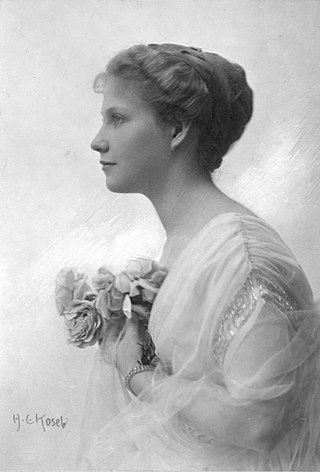
Archduchess Margaretha of Austria (German: Margaretha, Erzherzogin von Österreich-Toskana; was a daughter of Archduke Leopold Salvator of Austria and Infanta Blanca of Spain. She was member of the Tuscan branch of the Imperial House of Habsburg-Lorraine, an Archduchess of Austria and Princess of Tuscany by birth. After the dissolution of Austria-Hungary, she lived in exile, first in Barcelona and from the 1930s until the end of her life in Italy. In 1937, she married an Italian diplomat, Marchese Francesco Maria Taliani de Marchio. The couple, who had married in their forties, did not have children.




















